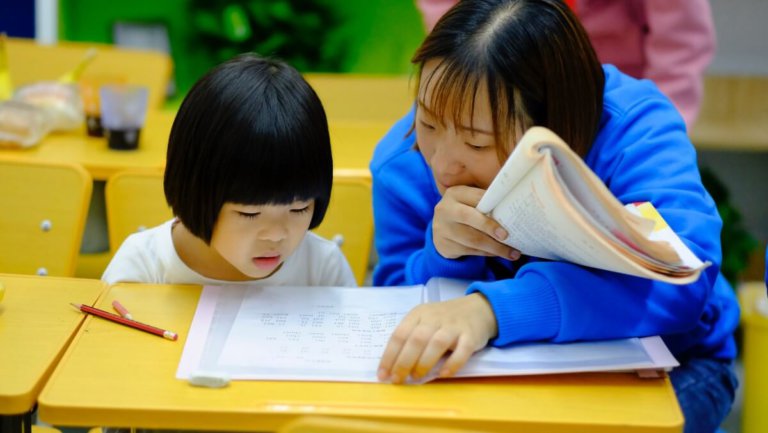
Self-assessment can be a valuable tool for student development in the classroom, according to a teacher profiled by KQED Mindshift.
At the fall CUE conference of educators, Catlin Tucker, a high school English teacher and consultant describes this as a potential opportunity for students to learn. The self-assesment method of learning means encouraging students to revise their own work, set realistic goals and outline their own skill gaps where their knowledge is weak. This offers students opportunities to think about what they’re thinking and to identify their strengths and weaknesses.
“I would argue in most classrooms, it’s the teacher doing the lion’s share of the work,” said Tucker.
“And the person doing the work in the classroom is the person doing the learning. So why would we rob our students of the opportunity to learn?”
Based on her experience using this feedback process, there are many ways teachers can put a creative twist in implementing these personal development tasks.

Transforming self-assessment strategies with creative styles may increase student development. Source: Annie Spratt/ Unsplash
Here are some ways that students can be given more control over how and what they learn:
Self-assessment stations
Check in self assessment in the middle of Daily 5 stations teaching students to think about their thinking. @AbbotsfordSD #abbyschools pic.twitter.com/mDAMcei9J4
— Matsqui Elementary (@MatsquiElem) November 27, 2019
By setting up self-assessment stations, like the one above, teachers can check in with students to see what level they think they’re working on.
Raising hands to show if they’re on a developing level, an emerging level or a proficient level, learners are sharing how well they understood the lesson tasks and identifying their struggles or strengths.
Participating in one-to-one assessment discussions with teachers, pupils can also measure their progress as they go. A fluent and flexible approach, self-assessment stations can be a nifty development tool to implement.
Peer rating circles
COLLABORATION – Grade 5 and 6 students from @MCSGophers and YES have co-created student-friendly writing rubrics and are assessing each other’s writing samples! This is preparing for their own self-assessment and monitoring of personal goals. #watchuslearn @TCRCE_NS pic.twitter.com/QAfMAG7Gcr
— Jared Purdy (@JaredPurdyTCRCE) November 26, 2019
Creating sharing circles and instilling a collaborative self-assessment approach is another creative strategy that some teachers are using.
By peer-editing each other’s work, and commenting on fellow students’ strengths, learners can freely liaise with teachers about their challenges.
And if students are comfortable with peer feedback, then group share circles are also a smart way of pointing out improvements that a learner may not have spotted themselves.
Post-it progression
Self assessment is so important for days like today. With a new math unit beginning, I love to see how students feel after the first lesson! pic.twitter.com/A5XN3OtS9y
— Ms. Fraser (@MissFraser95) November 27, 2019
To measuring levels of understanding, post-it progression boards are another simple self-assessment strategy that teachers can carry out.
Sticking their name on the board that they identify with most, studens can see that they’re not alone in their levels of understanding, and the teacher can make a note of areas for improvement.
They can also make it their goal to get to the top level.
By working their way up the board, students continue to develop their skillset and their academic outlook.
Ticket trays
#OpenUpMath Lesson 13 Cool Downs in our exit ticket bins. Love they’re growing confidence as well as knowledge! #soproud pic.twitter.com/65TGMO7ono
— Chrissy Gurekovich (@gurekovichc) November 30, 2018
These colour-coded ticket trays are a quick and easy self-analysis method to maintain in the classroom.
From novice to expert, students can place their lesson tasks in the box that resonated most with their self-reflection.
For instance, if they struggled with the task, then they may place their paper in the “Novice” tray for the teacher to see, or if they feel as though they have it under control, they can place their work in the “Practitioner” pile.
This is also an effective way of encouraging students that produce “Expert” standard work but often underestimate themselves.







